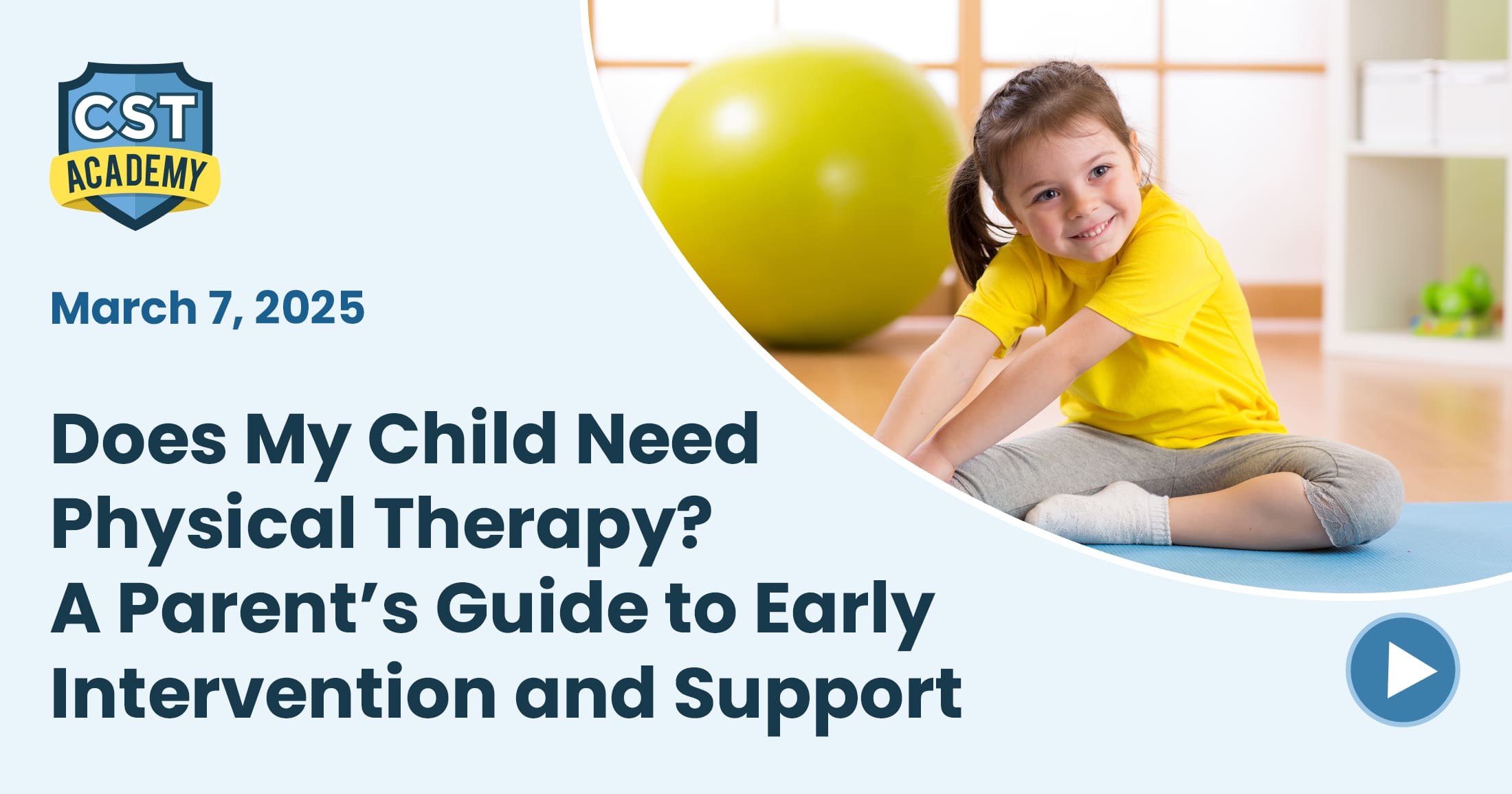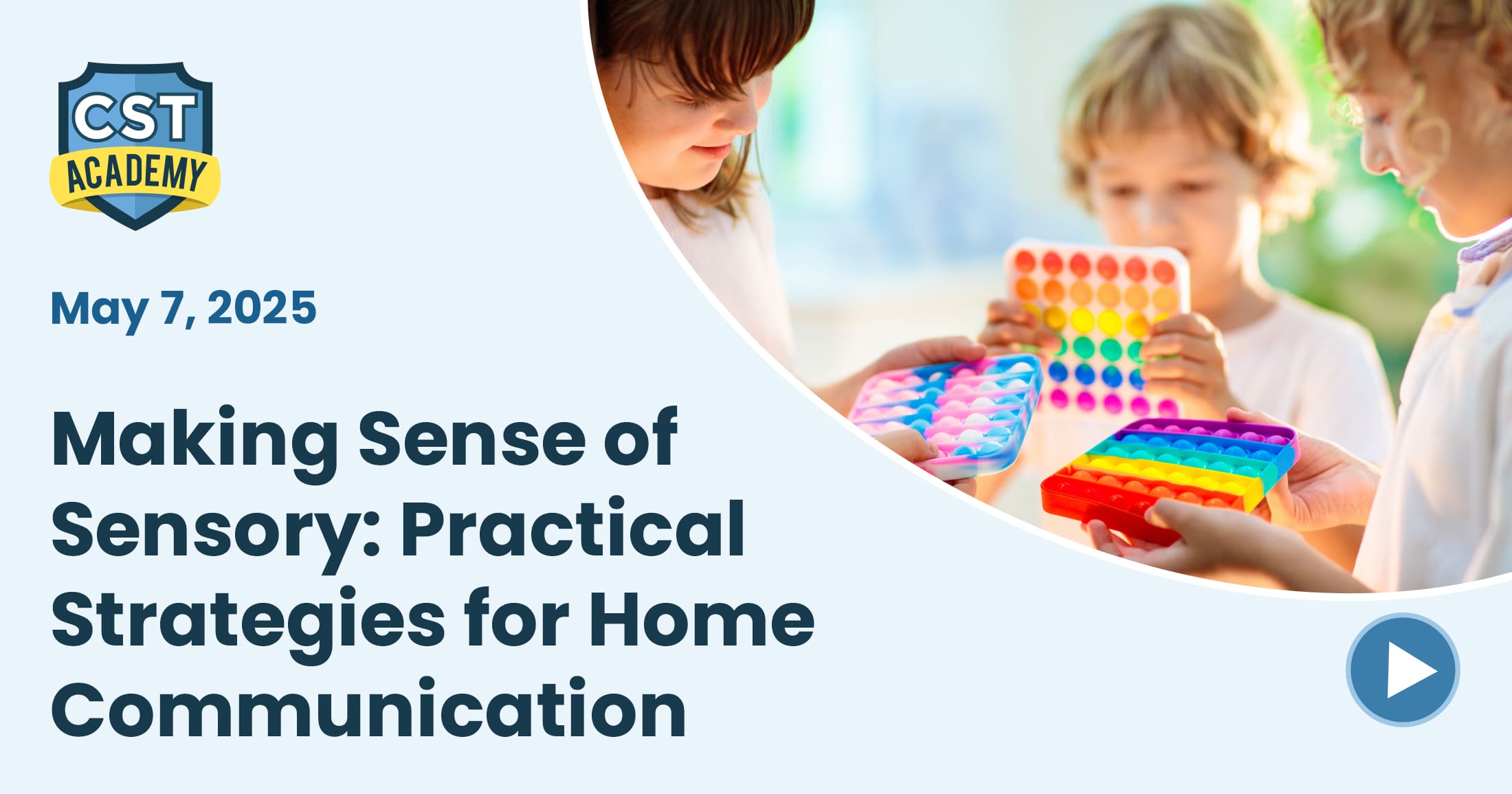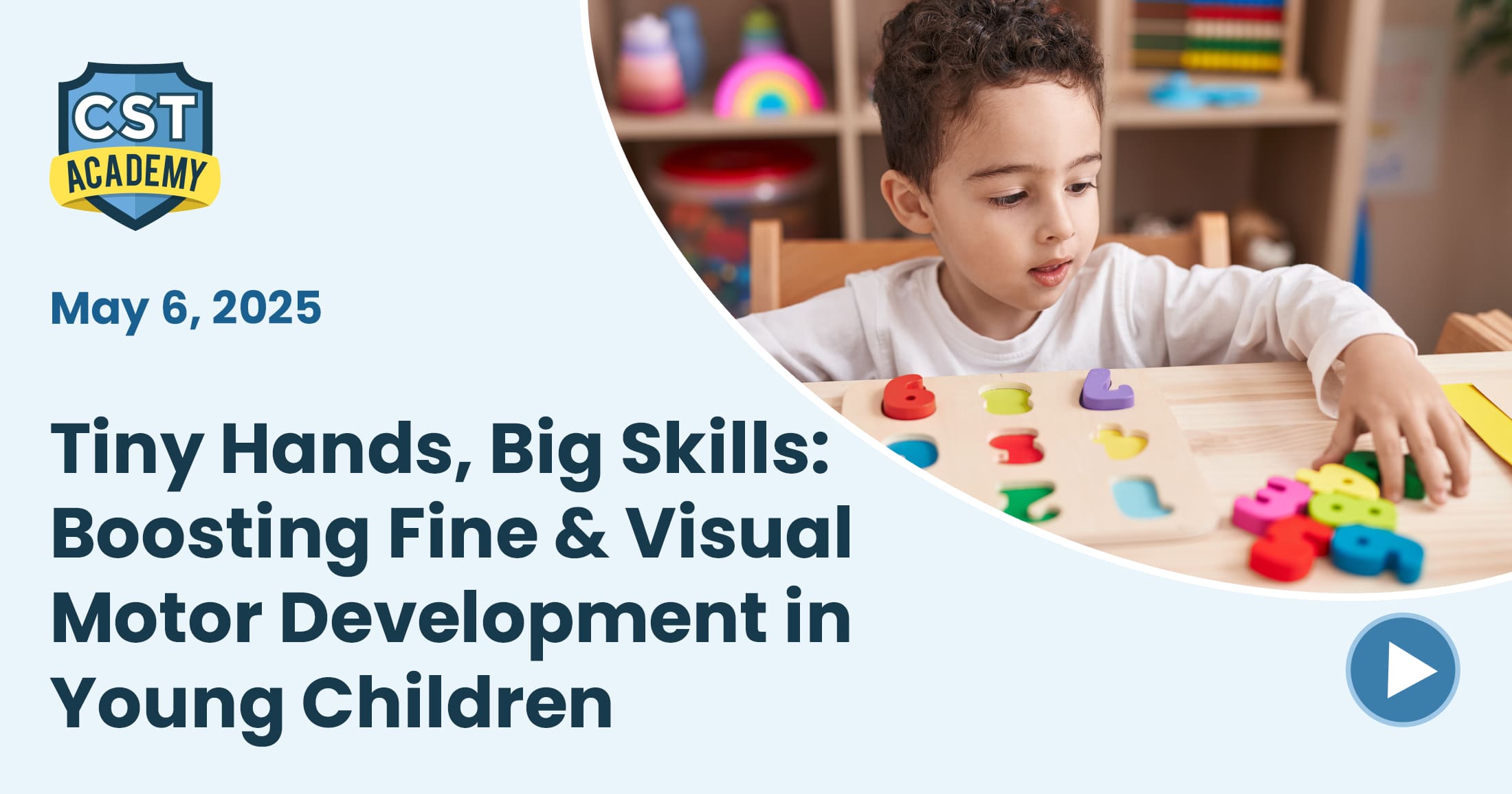Share this Post

As a parent, it’s natural to wonder whether your child is developing as expected. Every child grows at their own pace, but if you notice delays in movement, coordination, or strength, you may ask yourself: Does my child need physical therapy?
Physical therapy (PT) plays a crucial role in helping children build strength, balance, and mobility. Whether your child has a diagnosed condition or simply needs extra support to reach developmental milestones, physical therapy can provide the guidance and intervention necessary for optimal growth.
In this guide, we’ll help you understand the signs that your child may benefit from PT, the potential benefits of therapy, and what to expect from the process.
What Is Pediatric Physical Therapy?
Pediatric physical therapy is a specialized form of therapy that helps children improve their motor skills, strength, balance, and coordination. A licensed pediatric physical therapist works with children to develop movement patterns that promote independence and confidence in their everyday activities.
Physical therapy is not just for children with diagnosed medical conditions. Many kids receive PT to address minor developmental delays, posture concerns, or difficulty with gross motor skills. The goal is to support each child in gaining the strength and mobility they need to thrive.
Signs Your Child May Need Physical Therapy
Every child is different, but some common indicators may suggest your child could benefit from physical therapy. If you notice any of the following, it may be worth consulting a pediatric physical therapist:
1. Delays in Motor Milestones
If your child is struggling to reach key developmental milestones such as rolling over, sitting up, crawling, or walking, physical therapy can provide support. Delays in these movements may indicate weak muscle tone, coordination difficulties, or other challenges that PT can help address.
2. Difficulty with Balance and Coordination
If your child frequently trips, has trouble navigating stairs, or struggles with activities that require balance (such as riding a bike or hopping on one foot), PT can help improve their coordination and stability.
3. Unusual Walking Patterns (Gait Abnormalities)
Some children may walk on their toes, have an uneven gait, or display other movement irregularities. These may be due to muscle tightness, neurological conditions, or orthopedic concerns, all of which can be improved with physical therapy.
4. Poor Posture or Muscle Weakness
Does your child slouch often or seem to lack the strength to sit upright for long periods? Weak core muscles can affect overall movement and coordination, making it harder for children to engage in physical activities.
5. Pain or Discomfort During Movement
Children should not experience pain when moving. If your child complains about joint pain, stiffness, or discomfort while walking, running, or playing, physical therapy can help identify and address the cause.
6. Difficulty Keeping Up with Peers
If your child has trouble participating in physical activities or tires more quickly than other kids their age, they may benefit from strengthening exercises provided by a pediatric physical therapist.
7. Recovering from an Injury or Surgery
Children recovering from injuries, fractures, or surgeries often need physical therapy to regain strength and restore full mobility. PT helps ensure they heal properly and return to their regular activities safely.
How Physical Therapy Helps Children
Physical therapy offers numerous benefits, especially when started early. Some of the key advantages include:
1. Improving Strength and Coordination
PT helps children develop the muscle strength and control they need for daily activities like walking, climbing stairs, and playing with peers.
2. Enhancing Balance and Stability
By focusing on core strength and balance exercises, physical therapy can help children reduce falls and improve their confidence in movement.
3. Promoting Independence
Gaining better control over movement allows children to become more independent in daily tasks, from dressing themselves to participating in sports and playground activities.
4. Supporting Injury Recovery
For children who have experienced an injury, PT ensures they recover safely and regain full function, minimizing long-term movement issues.
5. Preventing Future Problems
Early intervention through physical therapy can prevent minor movement concerns from becoming bigger challenges later in life. Strengthening exercises, posture correction, and movement retraining can set the stage for long-term physical health.
What to Expect in a Pediatric Physical Therapy Session
If you decide to explore physical therapy for your child, here’s what you can expect:
1. Initial Evaluation
The first session typically involves an assessment by a pediatric physical therapist. They will observe your child’s movement patterns, strength, and coordination to determine their specific needs.
2. Goal Setting
The therapist will set specific goals based on your child’s abilities and challenges. These goals may focus on improving mobility, building strength, correcting posture, or enhancing balance.
3. Engaging in Fun, Play-Based Activities
Pediatric PT sessions are designed to be engaging and interactive. Your child may participate in activities like obstacle courses, stretching exercises, ball games, and balance challenges—all designed to make therapy enjoyable while improving movement skills.
4. At-Home Exercises
To reinforce progress, therapists often provide simple exercises for parents and children to do at home. Consistency is key to achieving the best results.
How to Get Started with Physical Therapy for Your Child
If you suspect your child may benefit from physical therapy, the first step is to consult with a professional. Here’s how to get started:
- Talk to Your Pediatrician – Your child’s doctor can help determine if a physical therapy evaluation is necessary and may provide a referral.
- Schedule an Evaluation – Reach out to a pediatric physical therapist for an assessment. Many therapy centers, including CST Academy, offer evaluations to understand your child’s specific needs.
- Start Therapy Sessions – If recommended, begin sessions with a licensed pediatric physical therapist to support your child’s development.
- Practice at Home – Work with your therapist to implement at-home exercises and encourage movement in daily activities.
Final Thoughts: Supporting Your Child’s Development
As a parent, it’s normal to have concerns about your child’s physical development. If you notice signs of motor delays, balance issues, or movement difficulties, seeking support early can make a significant difference.
At CST Academy, we provide comprehensive support for children through pediatric physical therapy, helping them gain the confidence and skills they need to succeed. If you have any questions or want to learn more about how therapy can benefit your child, reach out to our team today.
Discover Our Pediatric Therapy & Autism Care
ABA Therapy
Support for children with autism.
Diagnostic Evaluation
Expert assessments to identify child needs.
Pediatric Therapy Services
Speech, Occupational, Feeding, and Physical Therapy.
Therapeutic Preschool & Kindergarten
A classroom environment designed for early learners with unique needs.

Find the Best Care for Your Child




